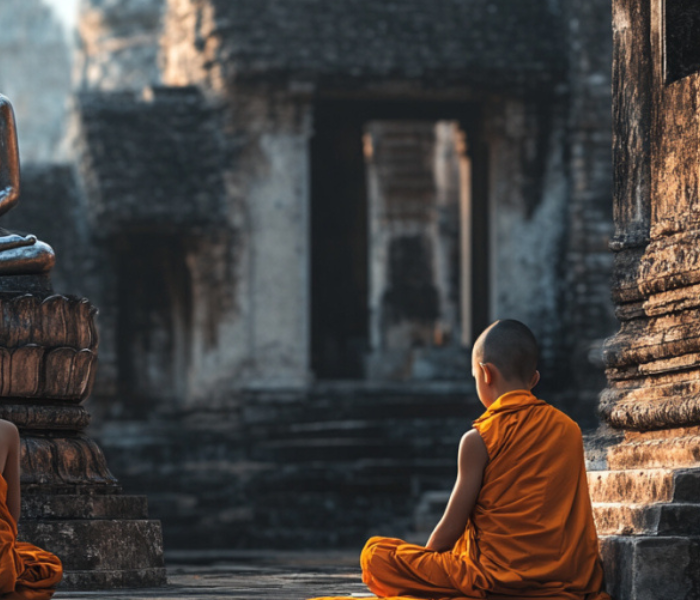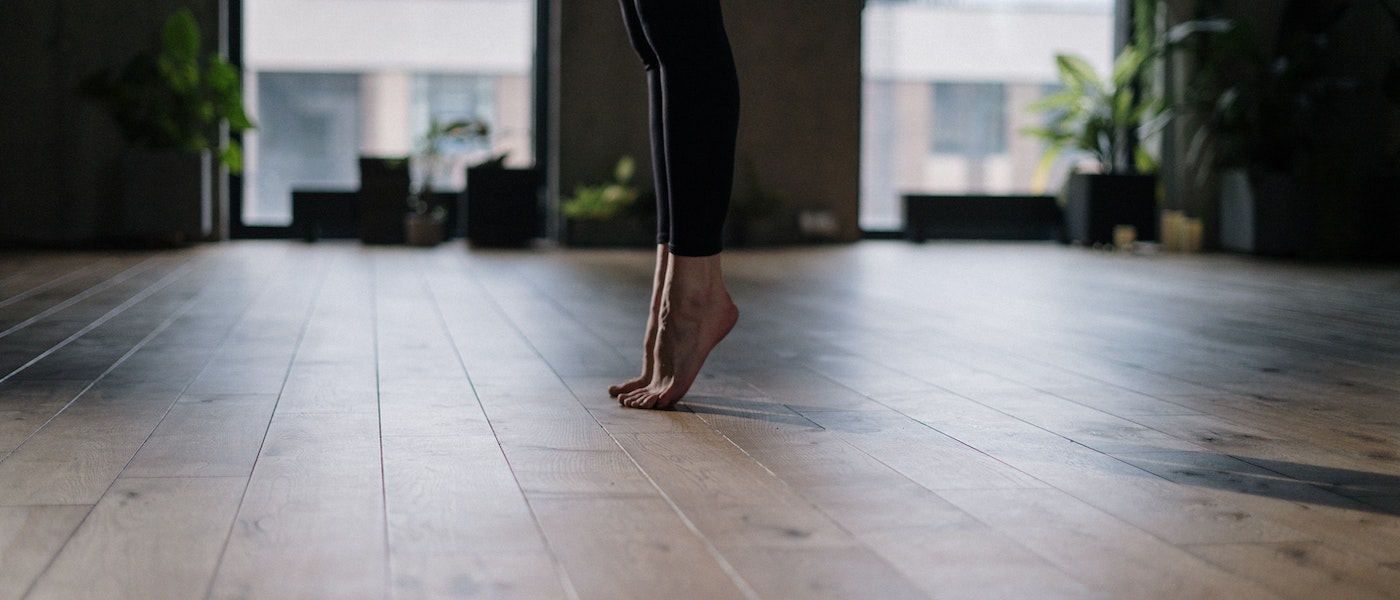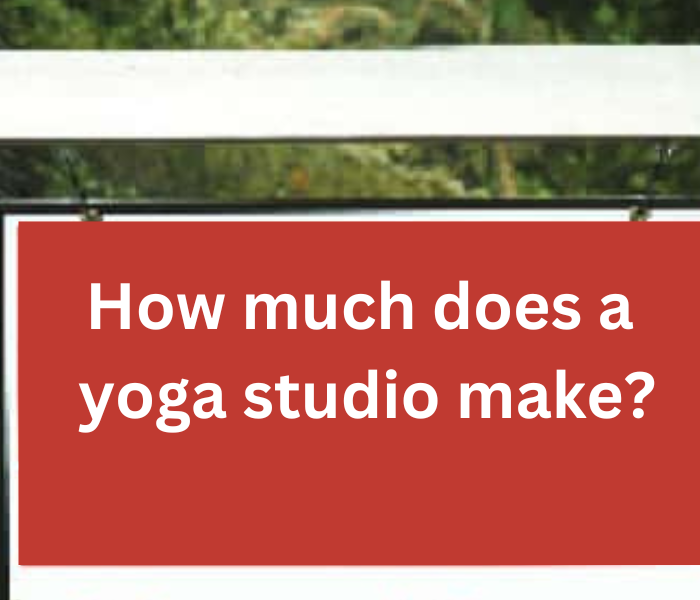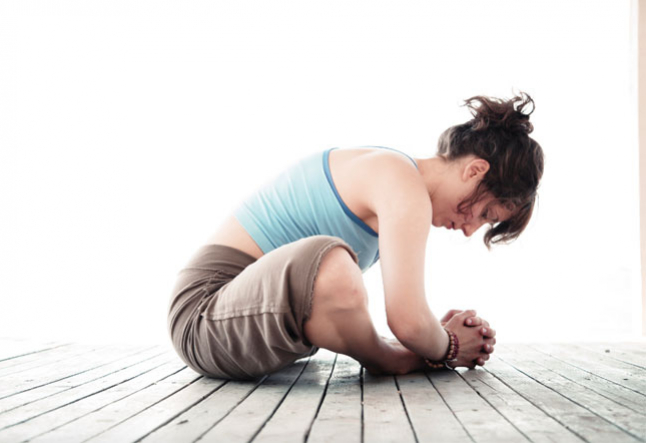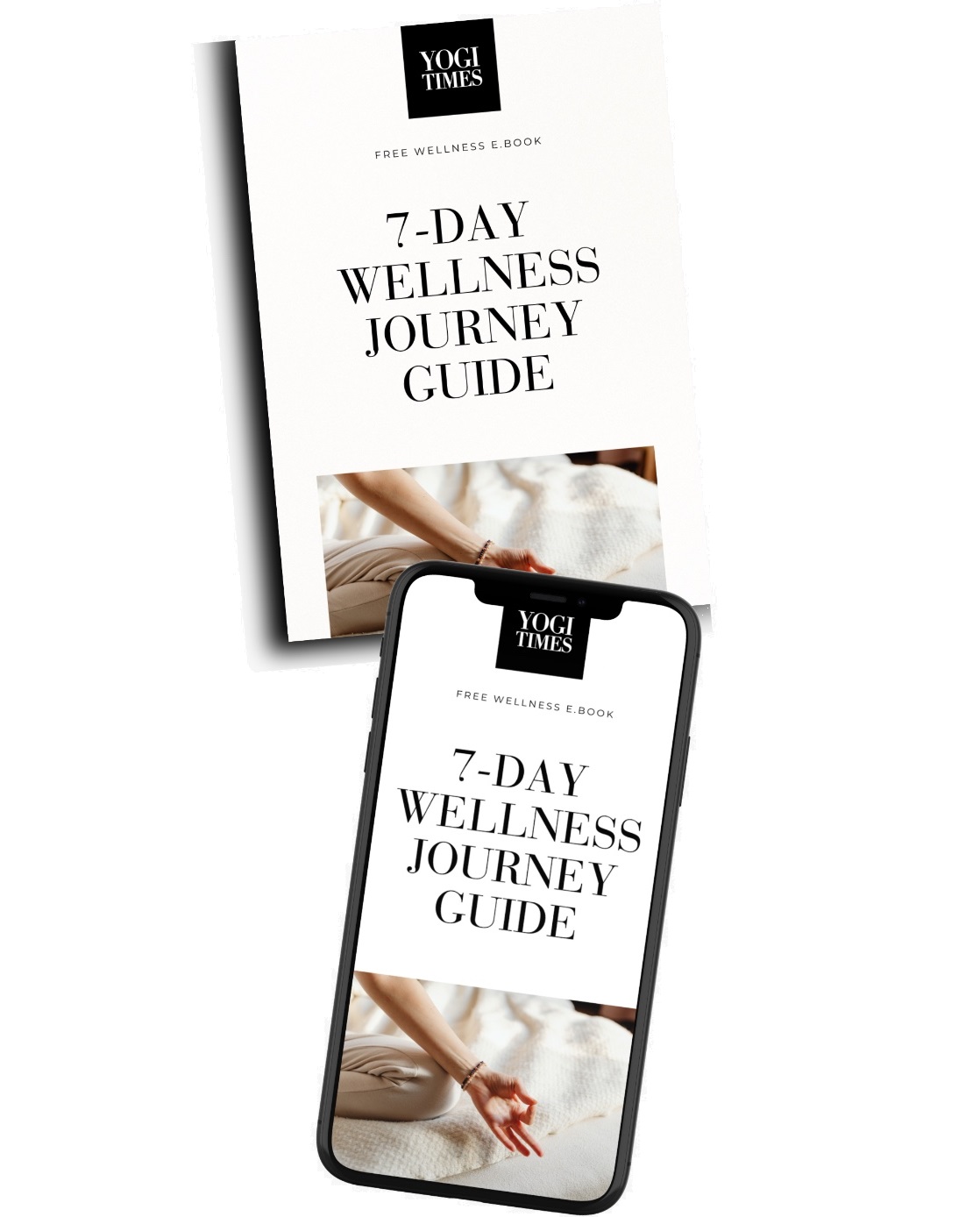Yoga for anxiety
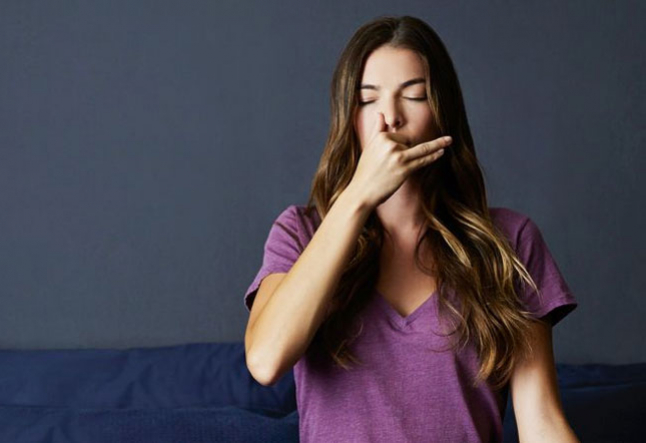
Breathe deeper
“The past has no power over the present moment”
Eckhart Tolle.
Anxiety disorders: Understanding the growing mental health concern
Anxiety disorders affect millions worldwide, with 1 in 10 children and 1 in 5 adults diagnosed with a mental illness. Mental health is a growing concern, especially as the rates of anxiety and depression continue to rise. It is crucial that we address mental health more effectively by exploring alternative therapies, such as yoga, which are gaining widespread recommendation from healthcare professionals for anxiety management.
What is anxiety?
Anxiety is defined as a feeling of worry, nervousness, or unease about something with an uncertain outcome. It often stems from fears of future events that may not even occur. When these feelings become overwhelming and interfere with daily life, they may develop into an anxiety disorder, requiring treatment and management strategies.
How yoga can help manage anxiety
The key to managing anxiety is to focus on the present moment. Anxiety often involves fear of the future, which can be eased by practicing mindfulness. Yoga provides a means to stay grounded in the present moment, which can significantly reduce anxiety.
As the renowned yoga teacher B.K.S. Iyengar once said, “In the future, there is fear. In the present, there is no fear.” This insight perfectly encapsulates how yoga works to calm the mind by focusing on the breath and the body.
Increasingly, doctors and mental health professionals recommend yoga as an alternative or complementary therapy for those struggling with anxiety. One of the core principles of yoga is breathwork, specifically Pranayama (breathing techniques), which is designed to help calm the nervous system and alleviate stress.
Pranayama and its benefits
Pranayama, a Sanskrit term meaning “breath control,” is a powerful tool to help manage anxiety. It focuses on the control of the breath, which can directly influence the state of the mind and body. One technique widely used in yoga is Anuloma Viloma (alternate nostril breathing), which balances the right and left sides of the body and mind.
Research has shown that Pranayama techniques can help reduce stress hormones, lower heart rates, and improve overall emotional well-being. When practiced regularly, these techniques provide an accessible, practical way to deal with anxiety during moments of heightened stress.
How to practice pranayama: A simple technique
If you’re feeling anxious, try this simple pranayama technique:
- Sit comfortably in a quiet space, with your spine straight and your shoulders relaxed.
- Breathe in slowly for a count of 4 seconds.
- Breathe out slowly for a count of 5 seconds.
- Repeat this cycle for 3 minutes.
What do you notice?
- Do you feel your breath becoming slower and deeper?
- Is your mind calmer, more focused?
- Is your body more relaxed, with less tension in your shoulders?
This breathing technique helps shift the focus from future worries to the present moment, bringing you back to a grounded and peaceful state.
Meditation for anxiety relief
Meditation is another effective technique for managing anxiety, although it may take time and practice. Meditation encourages mindfulness, which allows us to observe thoughts and emotions without becoming overwhelmed by them.
Also read>>> What is eye yoga and why should you be doing it?
Simple meditation practice
Start with 5-10 minutes a day:
- Sit in a quiet, comfortable place where you won’t be disturbed.
- Use Pranayama breathing techniques to settle into a calm state.
- Focus on the inhale and exhale of your breath, or try using three-part breathing (belly, mid-body, chest) to deepen your practice.
- Allow any intrusive thoughts to come and go without judgment, gently bringing your focus back to your breath.
Regular meditation not only reduces anxiety but also improves focus, enhances emotional regulation, and supports better sleep, making it an essential tool for anyone looking to manage anxiety in the long term.
Incorporating yoga and meditation into your routine
While these practices can be transformative, they are most effective when practiced consistently. Here are a few tips for getting started:
- Set a routine: Commit to practicing yoga or meditation at the same time each day. Consistency is key to seeing results.
- Join a class: If you’re new to yoga, consider taking a class to ensure you’re practicing correctly. Many studios offer classes specifically for anxiety relief.
- Use apps: There are many yoga and meditation apps that guide you through sessions, perfect for beginners or those short on time.
Final thoughts: Yoga, meditation, and anxiety
If you suffer from anxiety, integrating yoga and meditation into your daily routine can be incredibly beneficial. These practices help you stay present, reducing worry and fear about the future. By focusing on the breath and calming the body, you can regain a sense of control over your emotions, ultimately improving your mental health and overall well-being.
Action steps:
- Try yoga: Explore online resources or local studios that specialize in anxiety management.
- Practice daily: Commit to practicing pranayama or meditation each day for at least 10 minutes.
- Consult with professionals: Talk to a healthcare provider to explore whether yoga or meditation could be a suitable addition to your treatment plan.
By incorporating these tools into your life, you can begin to experience the mental and physical benefits of yoga and meditation, empowering you to manage your anxiety more effectively.
Read next >>> Hanumanasana | Monkey pose
